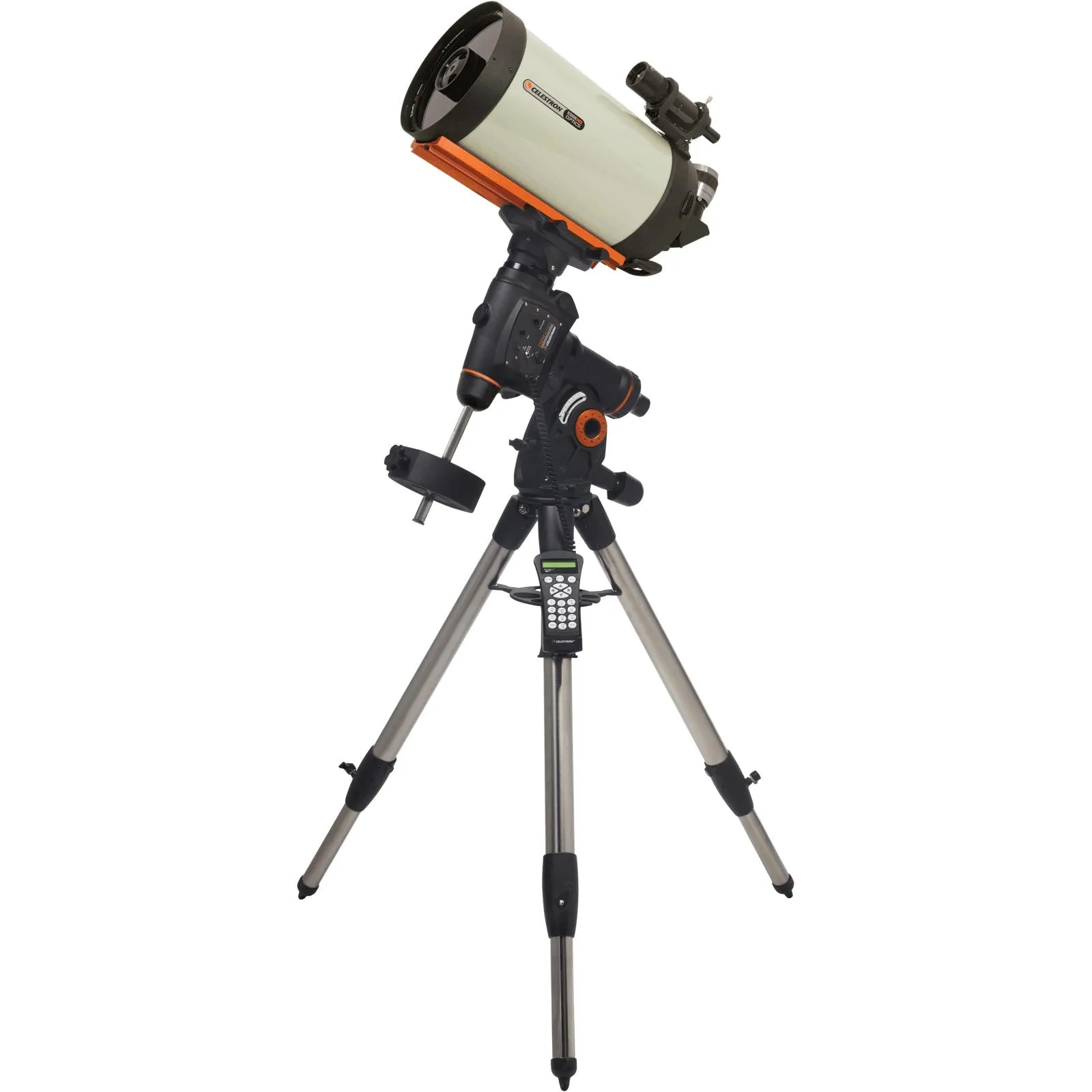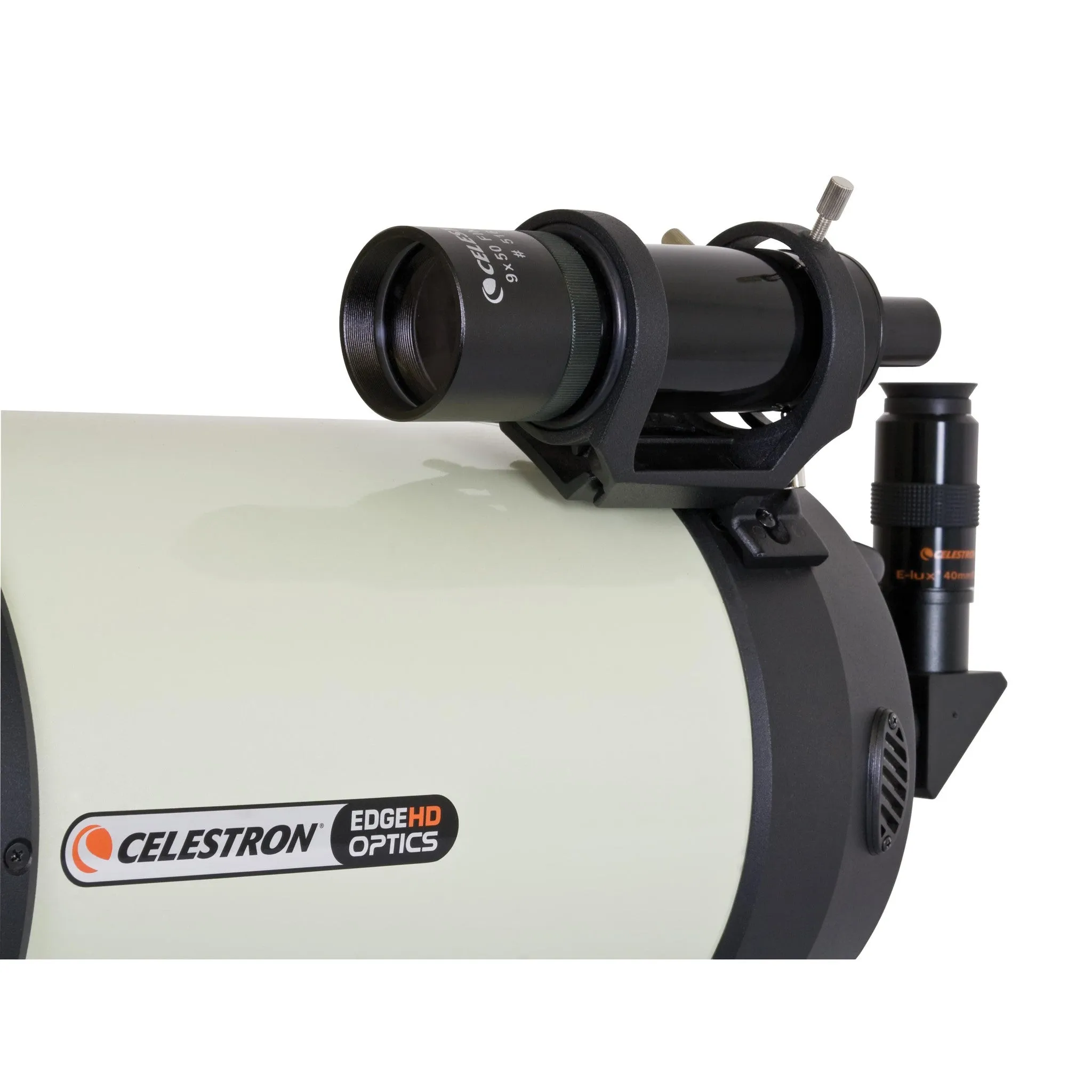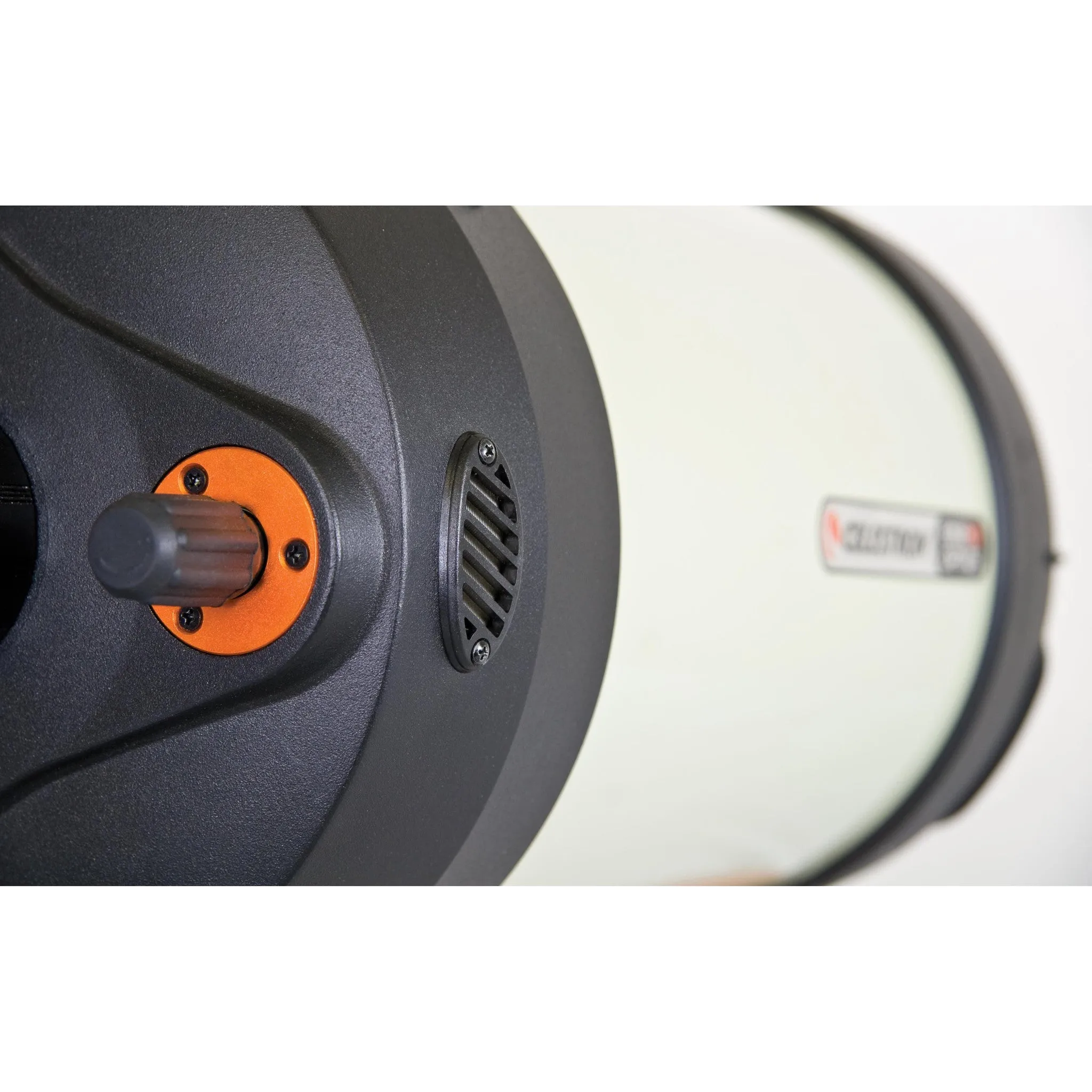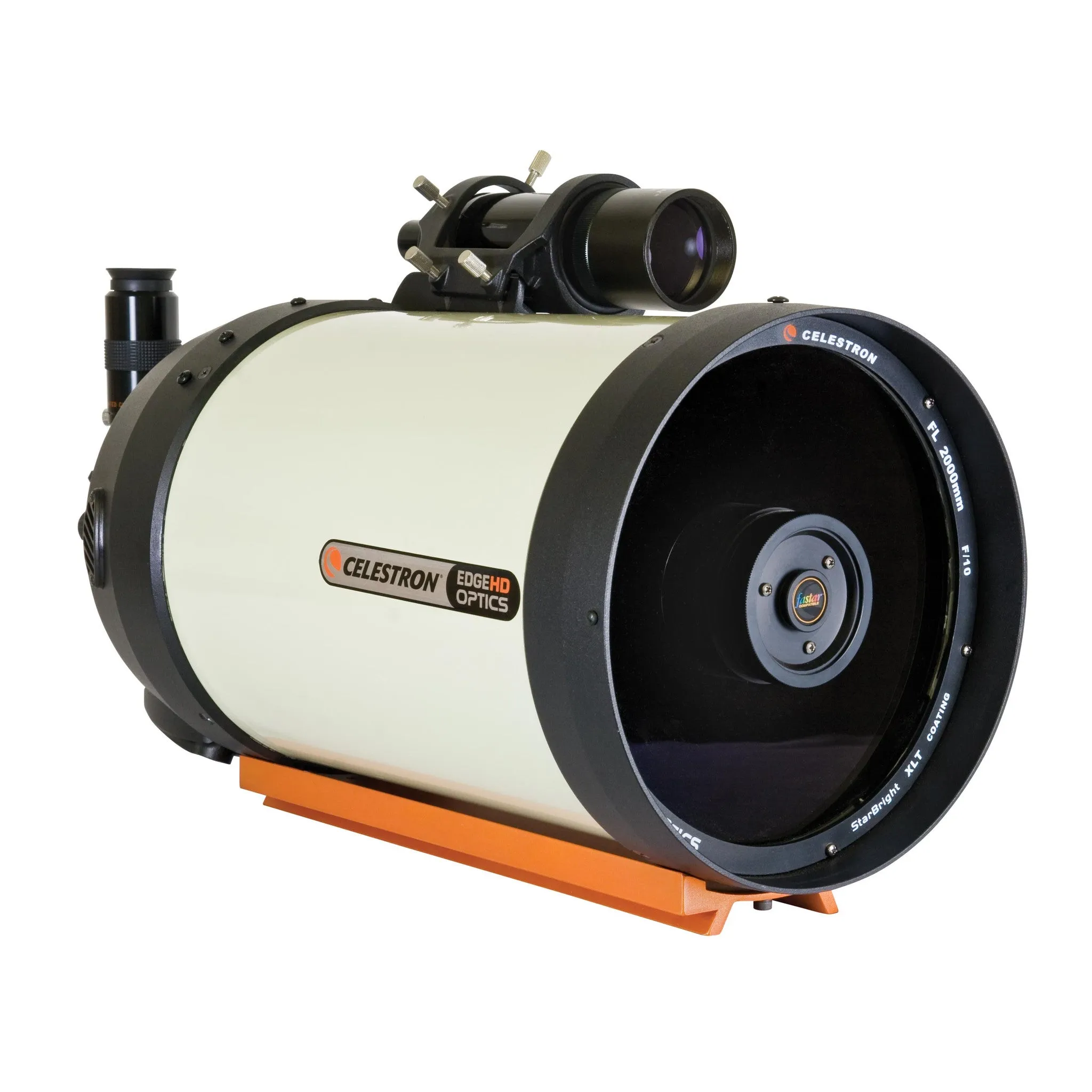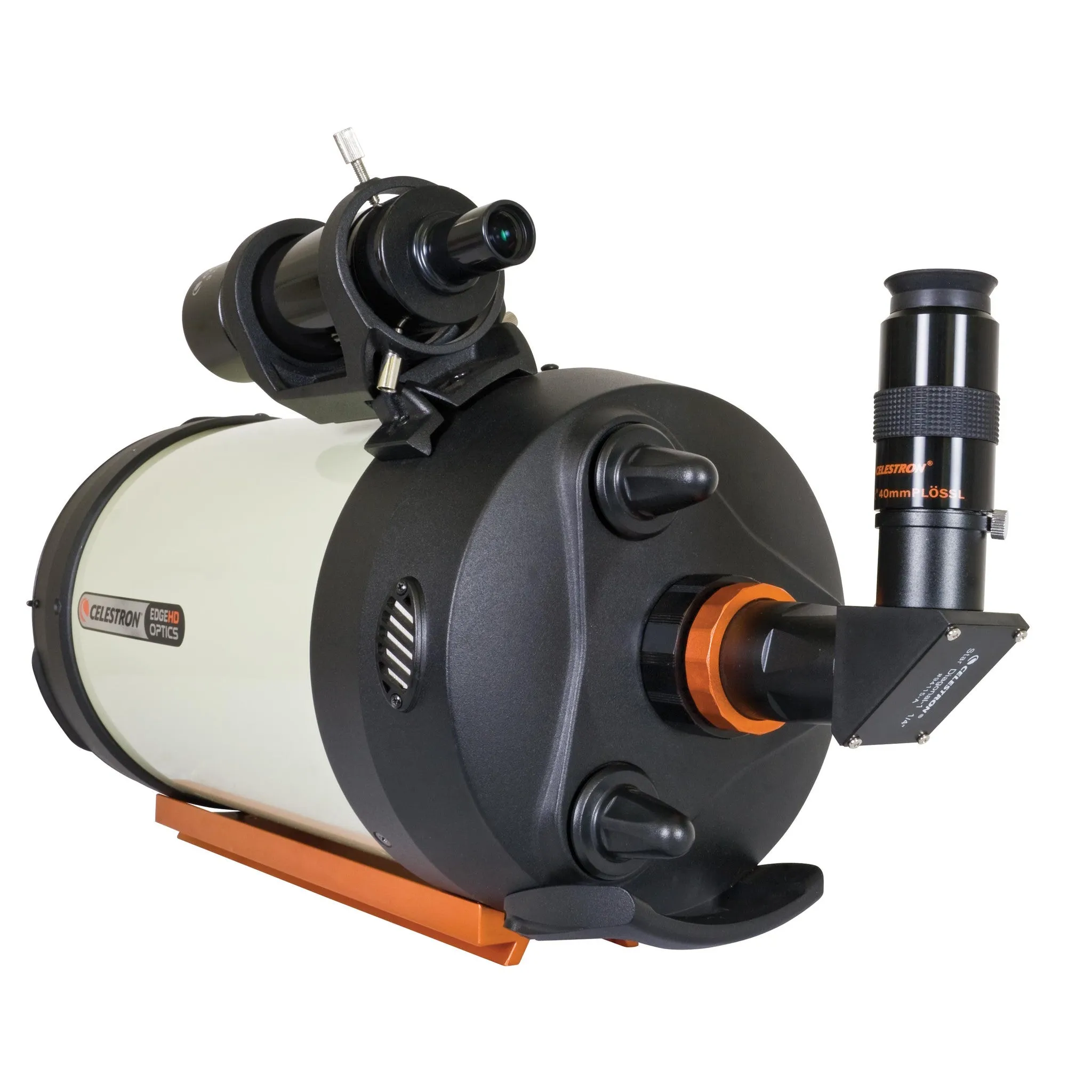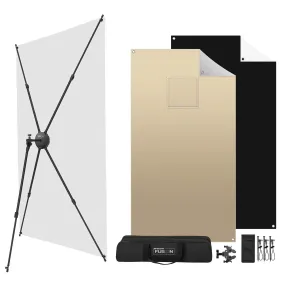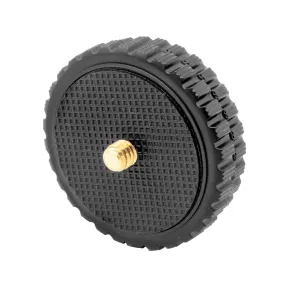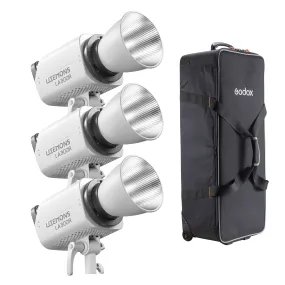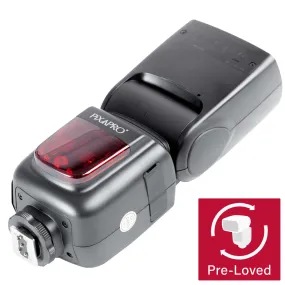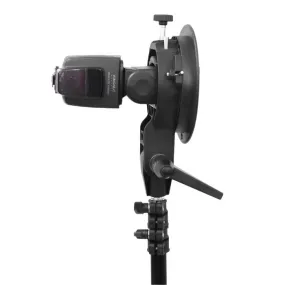The Celestron CGEM 925 HD combines Celestron's newly designed CGEM Computerized Equatorial mount with its new EdgeHD optical system. With over 9 inches of aperture and our premium StarBright XLT coatings, the CGE Pro 925 HD gives you over 1000 times the light gathering power than the unaided eye. Designed to give difraction limited performace, the CGEM 925 HD has established itself as a premier astro-imaging telescope.
New Optical Design
The EdgeHD optical system combines all the compact power popularized by the SCT and combines it with an improved high definition optical system for wide field, astrograph quality images.
As a visual instrument EdgeHD optics delivers pinpoint images even with your widest field eyepiece. You can search for all of the Messier Catalog objects, and see hundreds of other equally interesting NGC, IC and Caldwell objects with amazing clarity. For astroimaging, the EdgeHD optics produce aberration-free images across your favorite CCD or DSLR camera. All EdgeHD optics are designed to produce an extremely flat focal plane precise enough to match the strict tolerances of the largest commercial ccd detectors, allowing all stars to be in tight focus to the very edge of the chip.
Diffraction Limited
Some companies boast that their telescopes give diffraction limited stars in the very center of the field of view. EdgeHD optics not only produce diffraction limited stars on axis, but maintain diffraction limited stars across the entire field of view of many of the most popular astrophotography cameras. Even at the very edge of a DX format camera chip, the EdgeHD 9.25" delivers star sizes of only 1 arc second.
Along with the newly designed optics, the EdgeHD also has re-designed mechanics guaranteed to help you get the maximum performance from your instrument.
Features Include:
Mirror Locks – To hold the mirror in place and reduce image shift during imaging.
Tube Vents - Each vent has an integrated 60 micron micro-mesh filter allowing hot air to be released from behind the primary mirror
Fastar Versatility – All EdgeHD optical tubes are equipped with a removable secondary mirror for fast f/2 ccd imaging. Not only does imaging in the FASTAR configuration allow for exposure times that are 25 times faster than at f/10, but also yields a field of view five times wider. A perfect combination for imaging your favorite wide field objects in a fraction of the time. (FASTAR imaging requires a third party lens assembly in place of the secondary mirror).
CGEM™ Mount
The CGEM™ mount has a fresh, attractive, bold appearance and is capable of carrying Celestron’s higher-end SCT optical tubes (up to 11") securely and vibration free which is ideal for both imaging and visual observing.
Ergonomic Design - CGEM was designed to be ergonomically friendly with large Altitude and Azimuth adjustment knobs for quick and easy polar alignment adjustment. The internal RA and DEC motor wiring provides a clean look and an easy and trouble free set up.
Innovation - The CGEM series has a new innovative Polar alignment procedure called All-Star™ (patent pending). All-Star allows users to choose any bright star, while the software calculates and assists with polar alignment. Another great feature of the CGEM, sure to please astroimagers, is the Permanent Periodic Error Correction (PEC) which allows users to train out the worm gears periodic errors, while the mount retains the PEC recordings.
Performance - For objects near the Meridian (imaginary line passing from North to South), the CGEM will track well past the Meridian for uninterrupted imaging through the most ideal part of the sky. The CGEM mount has a robust database with over 40,000 objects, 100 user defined programmable objects and enhanced information on over 200 objects.
Celestron's CGEM mount is the perfect fit between the Advanced Series and CGE Series. Offering the portability of the Advanced Series and the precision of the CGE.
CGEM 9.25 HD - General Features
- 9.25" EdgeHD Optics
- CGEM Computerized Equatorial Mount
- Celestron's premium StarBright XLT coatings
- 9x50 finderscope to help accurately find objects
- Ultra sturdy 2" steel tripod with Accessory Tray
- Star diagonal provides more comfortable viewing position when observing objects that are high in the sky
CGEM 9.25 HD - HD Features
- New aplanatic Schmidt telescope design produces aberration-free images across a wide field of view
- Mirror tension locks hold the primary mirror in place and reduce image shift
- Cooling vents allow hot air to be released from behind the primary mirror
- Fastar compatible for fast f/2 imaging
CGEM 9.25 HD - Computerized Mount Features
- Proven NexStar computer control technology
- 40,000 object database with over 100 user-definable objects and expanded information on over 200 objects
- New "All-star" Polar alignment uses any bright star for a quick and accurate Polar alignment
- Software Features include: Mount Calibration, Database Filter Limits, Hibernate, five Alignment Procedures
- Flash upgradeable hand control software and motor control units for downloading product updates over the Internet
- Custom database lists of all the most famous deep-sky objects by name and catalog number: the most beautiful double, triple and quadruple stars; variable star; solar systems; objects and asterisms
- Permanent programmable periodic error correction (PEC) - corrects for periodic tracking errors inherent to all worm drives
- Drive Motors - Low Cog DC Servo motor with integrated optical encoders offer smooth, quiet operation and long life. The motor armatures are skewed to minimize cogging which is required for low speed tracking.
- Internal Cable wiring for trouble-free setup and transportation
- Designated six-pin RJ-12 modular jack, ST-4 compatible guide port
- Autoguide port and auxiliary ports located on the electronic plate for long exposure astrophotography
- Double-line, 16-character Liquid Crystal Display Hand Control with backlit LED buttons for easy operation of goto features
- RS-232 communication port on hand to control the telescope via a personal computer
- Includes NexRemote telescope control software, for advanced control of your telescope via computer
- Secure power plug ensures that the Mount's power source is not accidentally disconnected
Celestron All-Star Polar Alignment Technology
All-Star Polar Alignment Technology
German Equatorial Mounts (GEM) have long since been recognized as the mount of choice for astrophotography. Needing to track in only one axis for long exposures; adjustable counterweights and tube position for perfect balance, the GEM has few short comings when it comes to imaging. In order to do long-exposure astro-imaging, an equatorially aligned telescope is needed to allow your telescope to properly track the motion of the sky. However accurate tracking still depends on an accurate polar alignment. Even with a visible star very near the North Celestial Pole (NCP), the true celestial pole can be a very elusive place to find without assistance.
Now select Celestron mounts can utilize a new innovative Polar alignment procedure called All-Star™. All-Star allows users to choose any bright star, while the software calculates and assists with polar alignment.
Here's how it works.
Once your telescope is aligned with two bright star, All-Star allows you to choose any bright star listed in the NexStar hand control to assist in accurately aligning your telescope's mount with the North Celestial Pole. Using the telescope's Sync function, the mount is able to point and center a bright star with a high degree of accuracy. Once centered, the mount will point the telescope to the exact position that the star should be if the mount were precisely polar aligned. By simply adjusting the mounts altitude and azimuth controls to re-center the star in the center of the eyepiece, you are actually moving the mounts polar axis to the exact position of the North Celestial Pole.
FAQ
Can I use Polaris to polar align my telescope?
Since Polaris is very close to the NCP and not very bright, it is actually not a recommended star for the "All-Star" method. The advantages of being able to use stars other than Polaris are two fold:
Polaris is not always visible. So not only can you use a variety of other stars but they are also brighter and more prominent.
The star you choose will be farther away from the NCP thus allowing for greater accuracy when centering the star in your eyepiece.
Which stars are best to use for polar aligning?
For best results choose a bright alignment star that is near the Meridian, preferably close to the celestial equator. Try to avoid stars that are close to the west/east horizon or directly overhead because they can be more difficult to center using the mount's altitude and azimuth controls. Also stars too near the celestial pole are less accurate than those further away.
Will I lose my alignment after I polar align?
No, the mount will retain its alignment but some amount of accuracy may be compromised depending on how much the mount has been moved during polar alignment. Although the telscopes tracking may be very good, pointing accuracy may need to be improved, especially if you are trying to located small objects on a ccd chip.
What are the steps to polar align my telescope using "All-Star" polar alignment?
- Align the telescope with the sky using the "Two-Star Alignment" method.
- Select a suitable bright star from the Hand Control's database and slew the telescope to the star.
- Press the Align button and select Polar Align => Align Mount from the list.
- The telescope will then re-slew to the alignment star and ask you to center it in the eyepiece in order to "Sync" on the star.
- The telescope will slew to the position that the star should be if it were accurately polar aligned.
- Use the mounts altitude and azimuth adjustments to place the star in the center of the eyepiece and press the Align button.
- Update the telescope's star alignment if necessary.




